Aquafaba Guide: Unlocking The Magic of Chickpea Brine
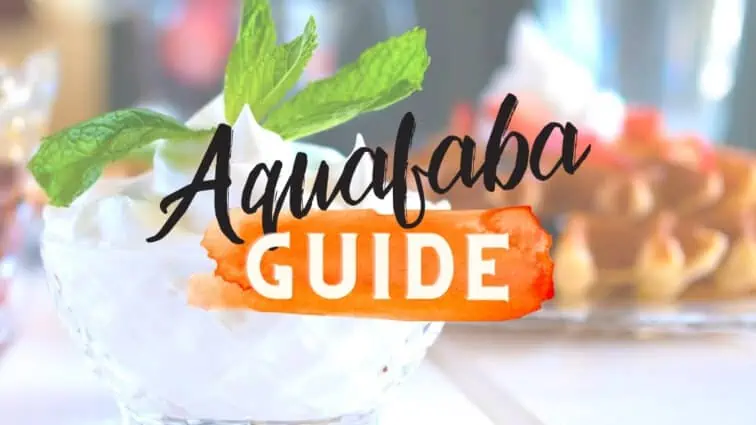
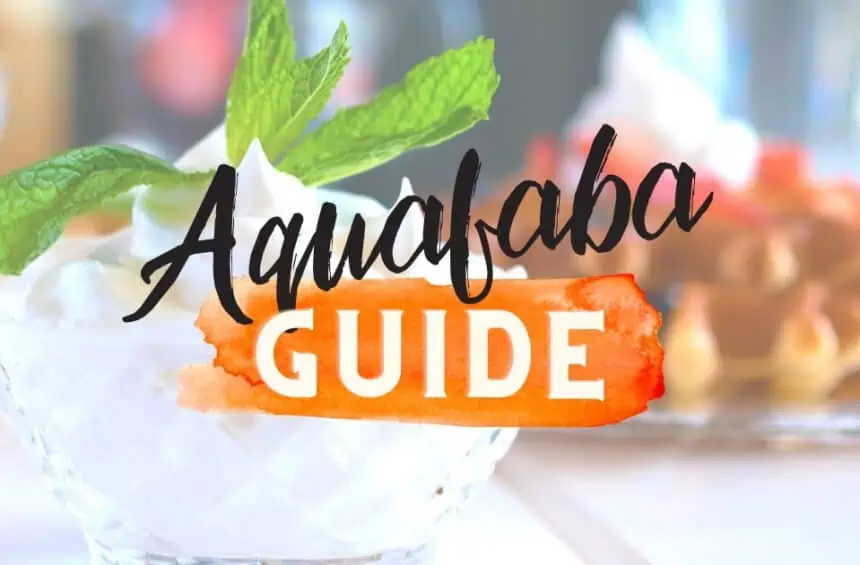
Welcome to the wonderful world of aquafaba! If you’re new to using that thick pale yellow liquid that surrounds cooked or canned chickpeas, buckle up. In this guide we show you how to make aquafaba, how to use it in delicious vegan recipes, and why you are about to fall in love with this fantastic bean water.
Table of Contents
- What is Aquafaba?
- The Origin of Chickpea Water (For the History Buffs)
- Best Ways to Use Aquafaba
- Canned vs Fresh Aquafaba
- How to Make Your Own Aquafaba
- Salted Chickpeas — or No Salt Added?
- Chickpeas vs White Beans
- Delicious Chickpea Recipes for Your Leftover Garbanzo Beans
- Our Favorite Aquafaba Recipes and Info
What is Aquafaba?
If you’re new to the wonderful world of aquafaba, welcome! The word “aquafaba” comes from the latin words aqua (meaning water) and faba (meaning beans). Aquafaba usually refers to the starchy liquid from a can of chickpeas (or the liquid is left behind when you cook chickpeas)—but it can also represent the bean water from any type of beans.
What is aquafaba used for, you ask? It does it all. This chickpea water can act as an egg replacer in baking, it can transform into vegan meringues, macarons, marshmallows, whipped cream, and so much more. Chickpea brine is now a coveted ingredient in the home of conscious cooks all around the world.
And the best part? It’s totally free!
Did you ever imagine that bean broth could be such a magical ingredient? Before I heard of this ‘liquid gold,’ I would pour it all down the drain and feel slightly annoyed at its thick texture. Oh, all the years I spent wasting that lovely garbanzo goo!
The Origin of Chickpea Water (For the History Buffs)
Did you know that cooking qualities of aquafaba were originally discovered by a Frenchman named Joel Roessel? Due to his interest in molecular gastronomy, he experimented with chickpea water and found it infinitely interesting.
American software engineer Goose Wohlt took this bean brine experiment one step further. Trying to find a substitute for egg whites, he came upon Roessel’s information and discovered that this liquid would work really well. Choosing the latin words for ‘bean’ (faba) and ‘water’ (aqua), he created the term that we use today.
On March 6, 2015, Wohlt posted the perfect recipe for vegan meringues on a Facebook group:
“Dead simple delicious two ingredient whole food meringues … one can chickpea brine mixed w half cup sugar. Perfect-O.”
There you go! The worldwide obsession with aquafaba was born.
Best Ways to Use Aquafaba
If you’re wondering how to use aquafaba, let us get you started with some basics—the most common uses. Aquafaba is almost essential for everyday baking—especially for vegans—because it’s a great binder and can fluff up and trap air and serve as an excellent alternative to eggs. Here are the most common uses:
- Egg Replacement – Use 3 tablespoons of liquid per egg in any recipe.
- Meringues and Macarons – Yay! These fancy little desserts are accessible to vegans again. Whip your aquafaba into impossibly stiff peaks with a hand mixer or standing mixer and a pinch of cream of tartar. This might take 10 minutes or more, but it’s totally worth it.
- Aquafaba Whipped Cream – Light fluffy vegan whipped cream made from chickpea water? Sounds preposterous, but it’s perfection!
- Crusty Layer – Brush onto potatoes or the tops of pies before baking for a little added crispiness.
- Egg White Substitute – Beaten into semi-stiff peaks (for about 5 minutes), this mixture is wonderful for adding into waffles or other baked items.
- Chocolate Mousse – A marvelous mousse can be made with only whipped aquafaba, sugar and dark chocolate. So creamy and thick, you won’t believe your eyes. This recipe from Lazy Cat Kitchen is really dreamy.
- Buttercream Frosting – Aquafaba makes a great base for buttercream that forms the most terrific texture. I like this recipe by Geeky Cakes. A bit more involved, but it produces a truly professional frosting.
- Vegan Marshmallows or ‘Marshmallow’ Fluff – You can make your own vegetarian marshmallows from scratch using aquafaba!
- Vegan Cheese – This recipe from Avocados and Ales is pretty popular and provides the most mouthwatering and meltable results for a plant-based mozzarella cheese.
Whether it’s to lighten the most luscious mousses or to create the crispiest crust, this chickpea elixir can’t be beat. Or, when it is, it makes the most marvelous meringues!
Canned vs Fresh Aquafaba
Most people prefer using canned beans for their aquafaba. While you can easily make your own, it seems as though everyone agrees that the resulting liquid doesn’t work quite as well as the commercially canned versions. It’s also much quicker to use canned, so best give this a try first.
It’s so simple. Just open a can of beans, drain the liquid into a bowl or glass measuring cup, and put aside the beans to use later on. I love to use the beans to make roasted chickpeas aka “chickpea croutons”––super crunchy and oh-so-addictive!
How to Make Your Own Aquafaba
If you wish to attempt your own aquafaba, here’s what to do:
Stove Top Method
- Soak 1 cup of dry chickpeas overnight in filtered water.
- The next day, drain and rinse the beans thoroughly.
- Add beans to a pot and cover with several inches of water.
- Bring to a boil on high heat, lower heat, and simmer for 1.5 – 2 hours.
- Drain bean water into another pot or large mason jar to cool.
- Save the cooked beans to use later.
Pressure Cooker Method
- Soak 1 cup of dry chickpeas overnight in filtered water.
- The next day, drain and rinse the beans thoroughly.
- Place beans into the Instant Pot (or your favorite pressure cooker) and add just enough liquid to cover the beans completely.
- Pressure cook on HIGH for 15-18 minutes. The longer you let them cook, the softer they will get.
- Quick release and drain off the bean liquid into a large mason jar or other container.
- Save the cooked beans to use later.
Keep in mind that homemade aquafaba has the disadvantage of being less concentrated than the type in cans and it may take a much longer time to create ‘peaks’ of any sort.
Salted Chickpeas — or No Salt Added?
Our answer is: whichever is easier to find! When you make your own aquafaba from dried beans, you can decide if you want to add salt or leave it out. Otherwise, it’s your call. Both types work, regardless of the salt content.
If you’re on a strict low-salt diet, then definitely choose the no salt added version. When used for a baked bread or savory dish, the recipe might benefit from using the salted version of aquafaba. Sweet desserts or lightly flavored foods may be better with no salt added.
Chickpeas vs White Beans
You can also use small white beans as a substitute for the chickpeas (aka garbanzo beans). Though the white beans have a more neutral, agreeable flavor, the liquid is a little bit less effective at making meringues. Just something to keep in mind.
If you’re using the aquafaba as an egg replacer in cookies or breads, it should be fine to use either white beans or chickpeas. But, if you’re worried about the texture of your dessert (such as a mousse or whipped cream), it might be best to use chickpeas instead.
Delicious Chickpea Recipes for Your Leftover Garbanzo Beans
Any of these vegan chickpea recipes will work well for your leftover beans. It’s like you get two meals in one—maybe one dinner and one dessert. How amazing is that?
- Vegan Tuna Salad
- Chickpea Noodle Soup
- Vegan Chickpea Stew
- Asian Style Chickpea Salad
- Creamy Hummus Pasta
Our Favorite Aquafaba Recipes and Info
- Vegan Macarons
- Aquafaba Latkes
- Aquafaba Whipped Cream
- Vegan Meringue Cookies
- Vegetarian Marshmallows
- Is Cream of Tartar Vegan?
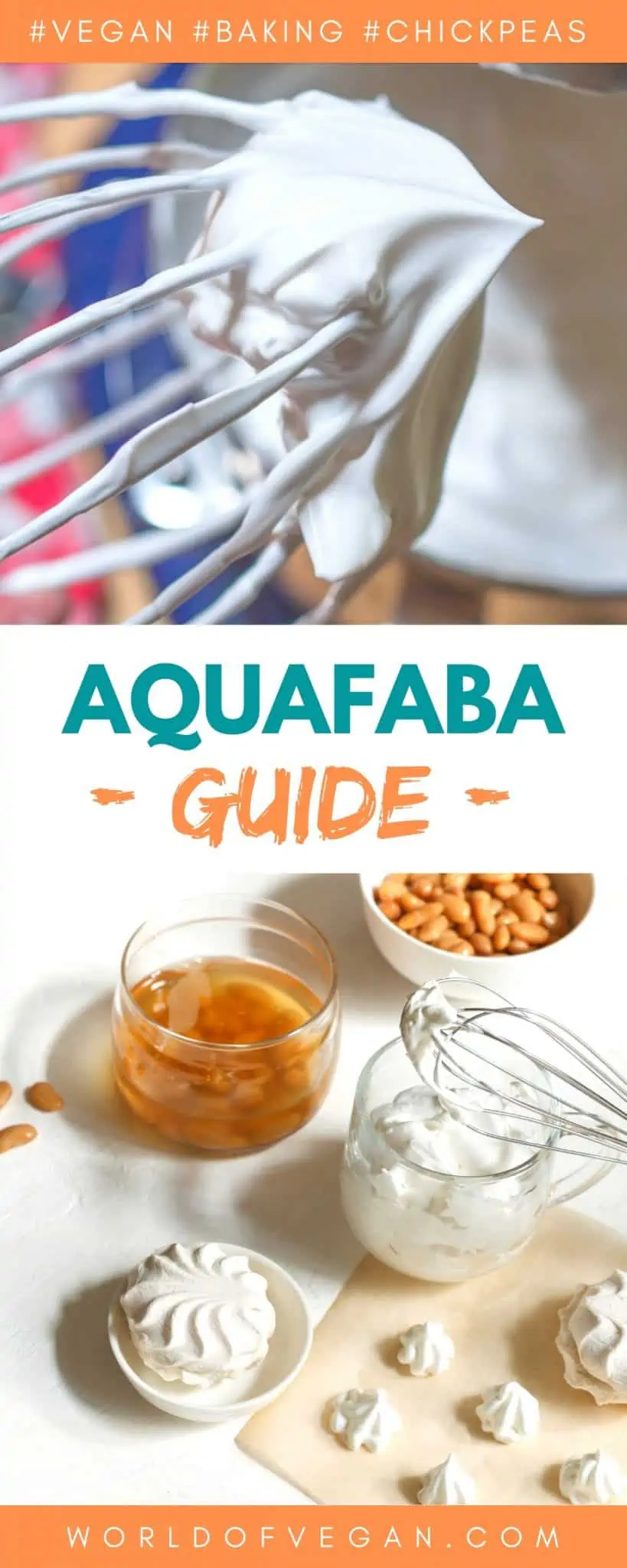
How do you use aquafaba in your kitchen? Do you have any essential aquafaba recipes that you find helpful (or delicious) and want to share with us? Tag us on Instagram, share with us on Twitter or post on our Facebook wall. We’d love to hear from you!

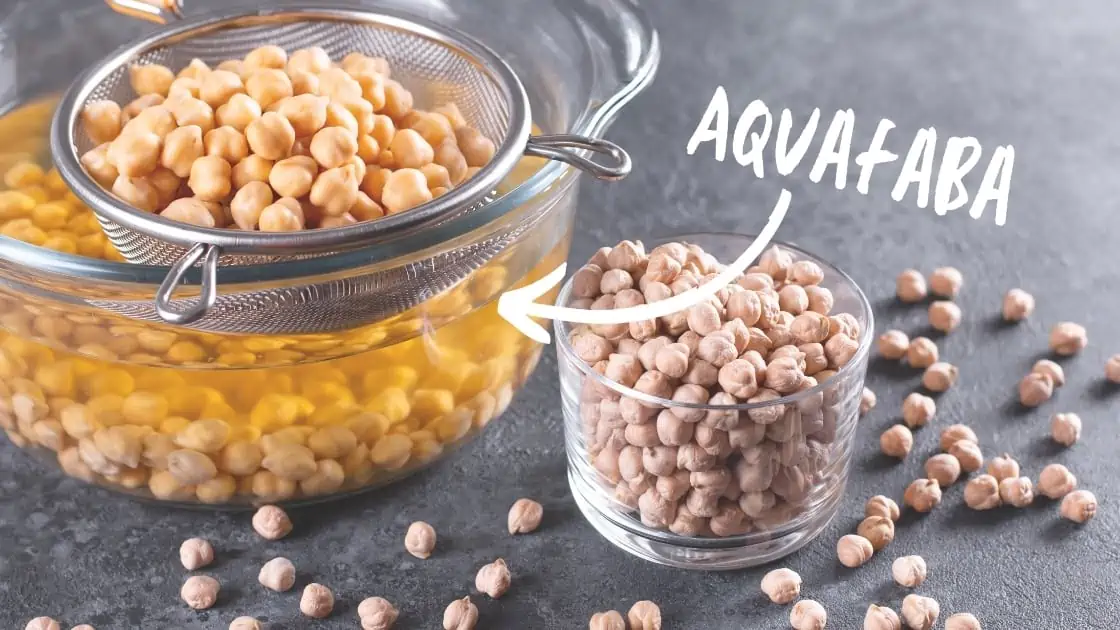
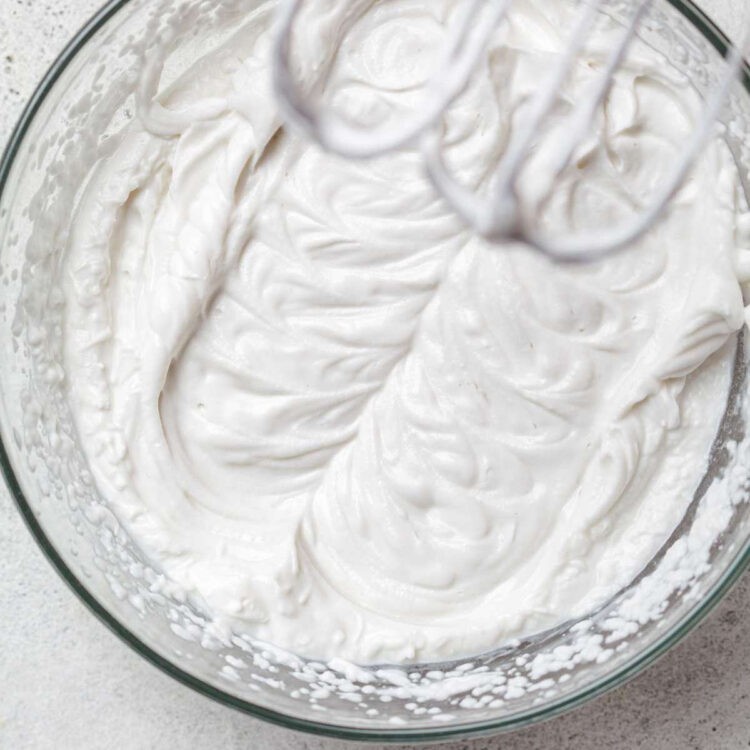
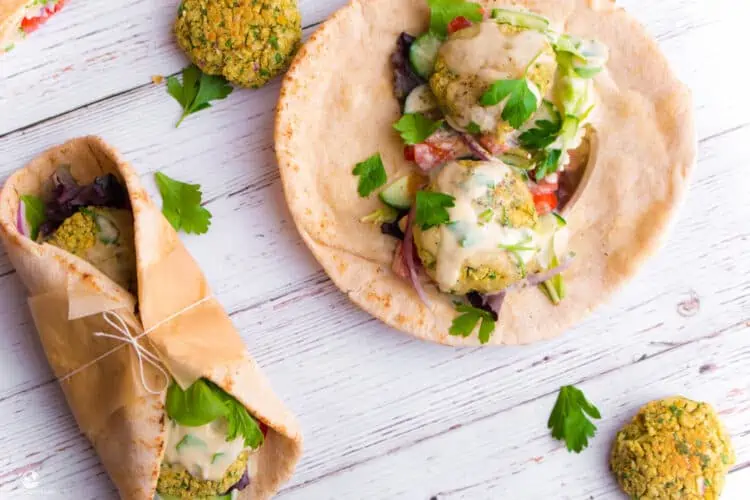
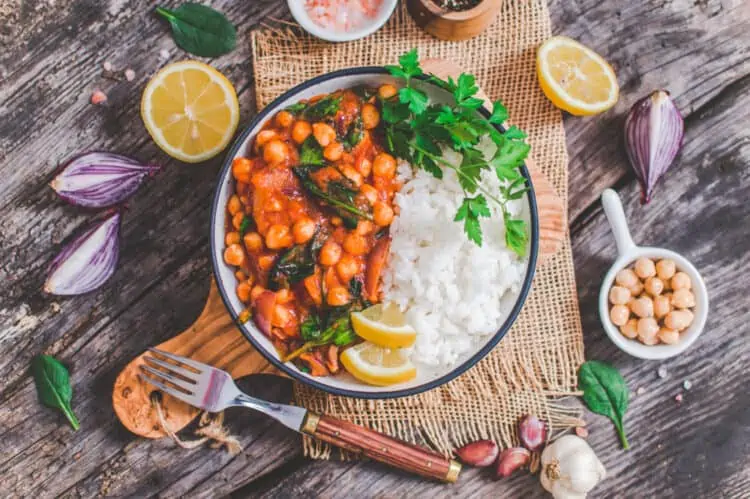
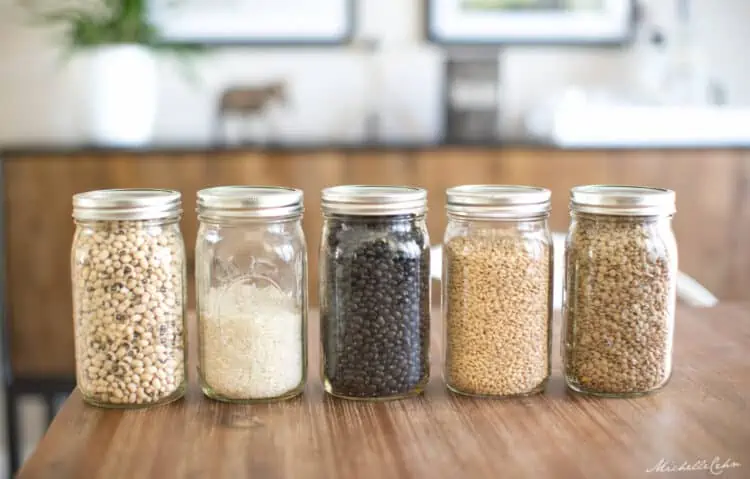

Leave a Comment
Discovering aquafaba was life changing! Such a good guide
Aquafaba is so versatile! It’s amazing how much can be made with it. Plus, it’s pretty much free when you buy a can of chickpeas – yay!
Aquafaba is magical. Thanks for this awesome guide!
I read where the not so thick brands of brine can be boiled down to thicken it for use in recipes. Thoughts?
Aquafaba is magic! It’s fabulous as an egg replacement when baking, and I use it when making hummus for a slightly fluffier outcome. Truly an indispensable ingredient!!
I love aquafaba so much! Such a great ingredient!